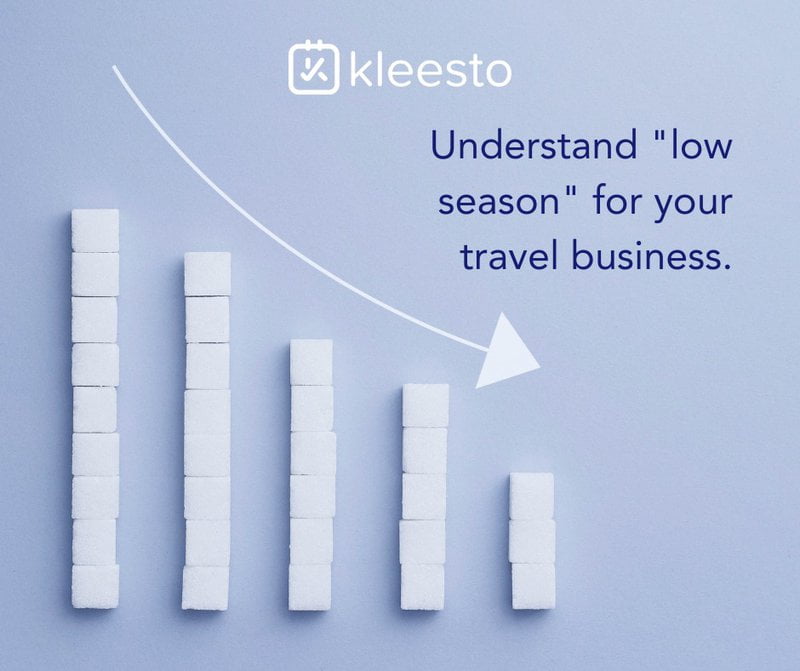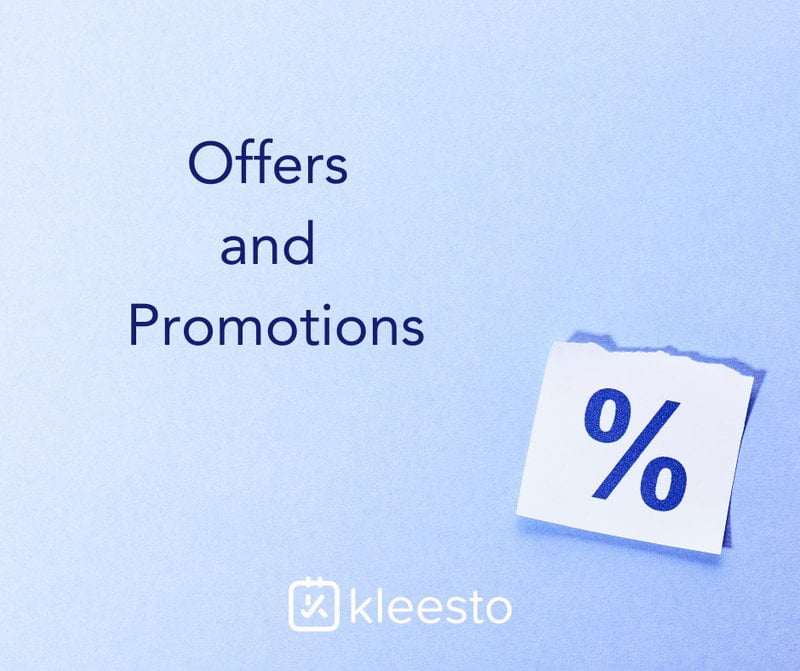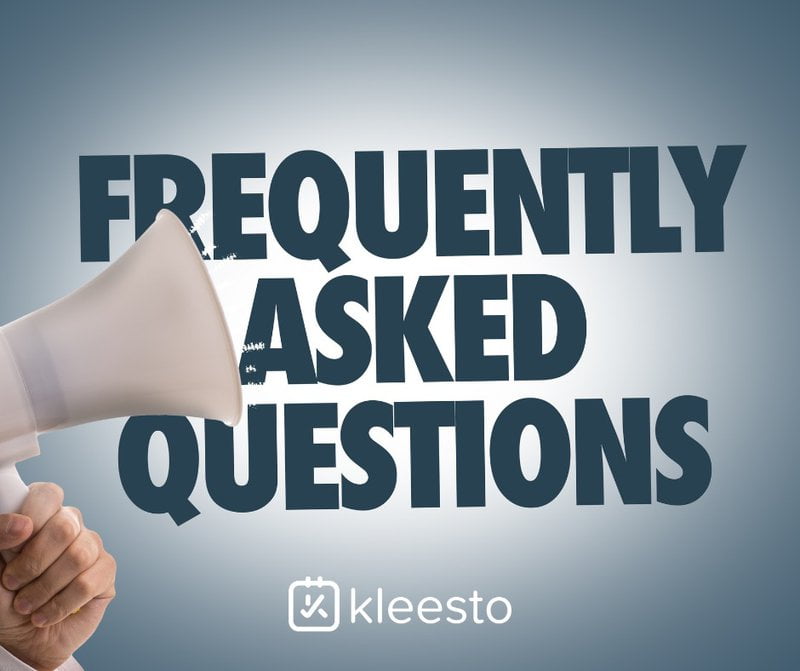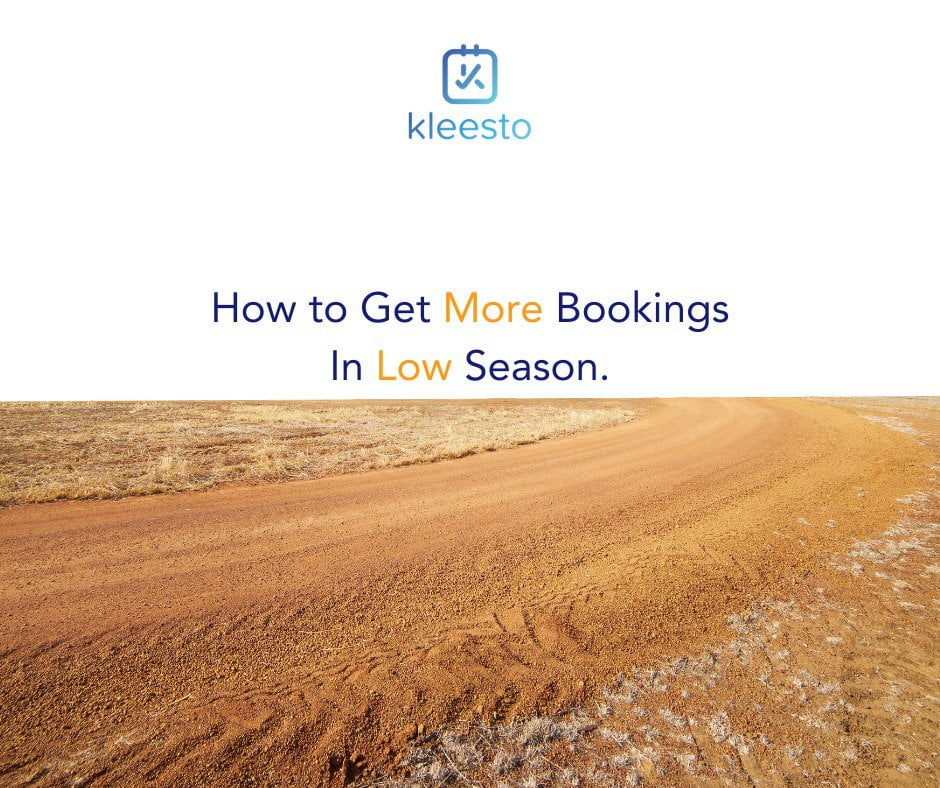Transforming the Low Season into Your High Opportunity
With the holiday peaks come the inevitable off-peak valleys. As a tour operator, provider, or destination management company (DMC), you know that the low season can pose a challenge in maintaining a consistent flow of bookings. But don't let this period slow down your business growth. Instead, consider it an opportunity to strategize, capture a new audience, and even outperform the high season. Let's delve into how to get more bookings in the low season.

Understanding the Low Season
Running a successful tourism business means knowing all its aspects. One part is what we call the "low season". This is the time when fewer tourists come. This happens for many reasons. For instance, it could be due to harsh weather, school schedules, or local happenings. Places with extreme weather, like very hot summers or cold winters, see fewer tourists. Also, spots popular with families might be quieter when school is in session. Then, families are less likely to take trips.
During the low season, travel businesses face some issues. The number of people traveling drops, so there are fewer customers. This means fewer bookings. So, revenue goes down, which can make it hard for your business to grow. However, the "low season" isn't all bad news. Despite its challenges, it also brings chances for growth. Understanding when and why the low season happens can help. It allows you to plan and prepare. You can create special strategies for this quieter time.
Who travels during the low season? Quite a lot of people do. Some tourists are looking for cheaper deals. Others prefer to avoid busy peak times for a more relaxed trip. Then there are remote workers who can travel any time. Understanding the low season means seeing both its challenges and opportunities. By focusing on the bright side, you can draw in a different kind of traveler. This can help keep your income steady. It can turn a usually quiet time into a busy booking period.
Analyzing Your Target Market
Understanding your target market is key to boosting low-season bookings. Know your customers' preferences and behaviors. Start by conducting detailed market research. Surveys help understand why customers might choose off-peak travel. They might like less crowded places, flexible schedules, or affordable options. Use email, social media, or direct talks for these surveys, always respecting privacy.
Next, monitor social media interactions. This reveals what interests your customers and can help fine-tune your services and marketing. Also, consider customer feedback. Previous or current customers' opinions are invaluable. If feasible, use existing databases or buy industry reports. They hold valuable demographic data and consumer trends.
Finally, analyze the collected data. Look for patterns to shape strategies fitting your target market's preferences. If your customers are price-sensitive, offer low-season discounts or deals. If they value unique experiences, create special tours. By understanding your target market, you can design suitable packages, highlight attractions, and tweak your marketing language. This knowledge can help turn the low season into a profitable period.

Creating Attractive Offers and Promotions
A fundamental way to attract more bookings during the low season is by crafting compelling offers and promotions that cater specifically to your target audience. Once you've understood their needs, desires, and what they value most during their travel experiences, it's time to create packages that are simply too good to pass up.
Offers and promotions can vary widely, depending on your services and the preferences of your clientele. Here are a few suggestions:
Discounts
The most straightforward approach is to offer reduced prices during the low season. This could be a percentage discount on the overall package or a specific service. Special rates for extended stays can also motivate tourists to book longer vacations.
Bundled Packages
Bundling services together can create high perceived value. For instance, a 'Low Season Special' package could include a tour of a popular local attraction, a dining experience at a renowned restaurant, and perhaps even a cultural show or event.
Value-Added Services
Offer additional services for free or at a significantly reduced price. These could be complimentary meals, free airport transfers, a free local experience, or extra nights at a discounted rate. Adding value in this manner can create a feeling of exclusivity and luxury, making your packages more attractive to potential customers.
Early Booking Incentives
Encourage customers to book their low-season holidays in advance by providing early booking discounts or extra benefits. This strategy not only ensures you have bookings lined up but also helps spread the word about your low-season offers.
Last-Minute Deals
On the flip side, offering attractive last-minute deals can help you secure bookings from spontaneous travelers or those who prefer to wait for the best possible offers.
The key to success lies not just in creating these irresistible offers, but also in ensuring they reach your potential customers. Your marketing communications should be clear, engaging, and persuasive. Use your website, email marketing, social media, and other advertising channels to spread the word. Highlight the unique experiences, the incredible value, and the exclusive benefits that booking during the low season can bring.
Consider using high-quality images, customer testimonials, and descriptive language to paint a vivid picture of what customers can expect. Remember, the goal is not just to inform them about your offers but to make them imagine themselves enjoying your services.
In essence, understand your customers' needs, create enticing offers, and communicate them effectively. This strategy will help transform the low season into a booming opportunity for your business.

Leveraging Digital Marketing Channels
In our digitally driven era, maintaining a strong online presence is more critical than ever before. Leveraging digital marketing channels can vastly improve your reach, allowing your business to connect with potential clients who may be continents away.
There are several components to a well-rounded digital marketing strategy, including social media management, email marketing, and search engine optimization (SEO).
Social Media
Platforms like Facebook, Instagram, and Twitter are perfect for reaching a diverse audience. Start by regularly updating your profiles with engaging content that highlights the unique experiences your tours offer. Use this space to share special offers, user-generated content like photos or testimonials from happy customers, and even behind-the-scenes glimpses into your operations. Also, utilize these platforms to engage with your audience—like and respond to their comments, answer their queries, and even participate in relevant conversations. This two-way interaction helps build a community around your brand, increasing trust and rapport.
Email Marketing
While social media helps you reach a wide audience, email marketing is more personal, making it a great tool for keeping your existing audience informed and engaged. Design an email newsletter that provides subscribers with valuable content—such as travel tips, local insights, or the latest updates about your services. Make sure to include your low season special offers in these emails to entice potential bookings. The key to successful email marketing is consistent communication and providing value, so your audience feels engaged, informed, and appreciated.
Search Engine Optimization (SEO)
To make your business easily discoverable, you need to rank high in search engine results. Optimize your website and blog content with relevant keywords linked to your business and the tourism industry. This involves regular website audits to ensure it's easily navigable, mobile-friendly, and quick to load. Don't forget to optimize your meta descriptions, headers, and image alt texts. Implementing an effective SEO strategy can significantly increase your visibility online, driving more traffic to your website and potentially converting these visitors into bookings.
In digital marketing, content is indisputably king. Sharing unique stories about your tours, highlighting the beauty of your destinations, or offering insightful travel tips helps position your brand as an authority in your field. Your content should not only promote your business but also provide value to your audience, thereby creating a strong connection with potential customers.
By effectively leveraging these digital marketing channels, you can enhance your brand visibility, engage your audience, and ultimately drive more bookings during the low season. Remember, the digital world is a two-way street—it's not just about promoting your offerings, but also listening, engaging, and building lasting relationships with your audience.

Collaborating with Local Businesses and Events
Creating a thriving network with local businesses and aligning with local events can significantly boost your bookings during the low season. Collaboration isn't just a survival tactic for quieter periods; it can be a powerful growth strategy that helps your business stand out and attract more customers.
Collaborating with Local Businesses
Forming partnerships with other local businesses can create a win-win situation for both parties involved. For example, consider teaming up with local hotels or guesthouses to offer combined packages. This way, customers receive a more convenient, holistic travel experience, and both businesses get the opportunity to attract more visitors.
Similarly, partnering with local restaurants, wellness centers, or rental services can lead to the creation of unique, appealing packages. An excursion paired with a culinary experience, a spa treatment, or a biking adventure could be exactly what off-season travelers are looking for. Remember, the goal is to enhance the overall experience of your customers by offering them added convenience and value.
Synchronizing with Local Events
Local events, whether they're cultural festivals, sports events, concerts, or local markets, offer a perfect opportunity to boost low season bookings. Try to incorporate these events into your tour packages to create a more immersive local experience.
For instance, if there's a popular music festival during the off-season, offer a package that includes tickets to the event, transportation, and a guided tour of the surrounding area. Similarly, during a local food fair or farmer's market, consider offering culinary tours that explore local cuisine and culture.
These event-based packages not only offer something unique to your customers but also help support and promote local communities and cultures.
The Power of Cross-Promotion
Collaboration also opens the door to effective cross-promotion. When you partner with another business, you gain access to their customer base and vice versa. This strategy significantly broadens your reach and can attract customers who might not have discovered your business otherwise.
Ensure your partnerships are mutually beneficial. Promote your partners in your marketing materials and social media platforms and encourage them to do the same. This cooperative effort can significantly enhance your visibility and brand awareness.
Networking and Community Involvement
Lastly, don't underestimate the power of networking and active involvement in your local community. Attending local business events, joining business associations, and actively participating in community initiatives can significantly raise your profile.
Moreover, networking fosters strong relationships within the community, leading to more collaboration opportunities, referrals, and a positive reputation. Such strong local ties can greatly contribute to your business growth, particularly during the low season.
In summary, a strategy focused on collaboration with local businesses and syncing with local events can help transform the challenges of the low season into new growth opportunities. These partnerships and connections enable you to offer unique experiences, reach new customers, and establish a strong presence in your local community. This strategy might just be the competitive edge your business needs to thrive during the low season.
Conclusion: How To Get More Bookings In the Low Season
Navigating the low season can be challenging, but with a strategic approach, it doesn't have to be a hindrance. From understanding the nature of the low season and your target market to creating compelling offers, maximizing your digital presence, and leveraging local collaborations—you have numerous strategies at your disposal.
Stay proactive, adapt, and innovate. The low season might just turn into your favorite season. Remember, it's not about surviving the low season, but rather thriving through it. By implementing these strategies, you'll be well on your way to ensuring a steady flow of bookings all year round.
So, that’s how you can get more bookings in the low season. If you run a travel business and need to manage your reservations effectively, all you need to do is book a meeting with the kleesto pandas and optimize your booking management routine.

FAQ
1. Q: What exactly is the 'low season' in tourism?
A: The 'low season' in tourism refers to the period of the year when travel and tourism activities witness a significant decline. This downturn can be due to a variety of factors such as unfavorable weather conditions, end of holiday periods, or school terms. It's essentially the opposite of the 'peak season', which sees a surge in travel due to favorable conditions or holiday periods.
2. Q: How can I attract customers during the low season?
A: There are several strategies you can employ to attract customers during the low season. These include understanding your target market and their needs, offering special packages and promotions, maximizing your digital marketing efforts, and collaborating with local businesses and events. Remember, the key is to offer value and unique experiences that are relevant and enticing to travelers during this period.
3. Q: What kind of offers and promotions can be effective in the low season?
A: Offers and promotions that provide extra value or unique experiences can be particularly effective during the low season. For example, special discounts, additional services at no extra cost, or bundled packages that combine several experiences are all attractive options. You could also consider creating special packages that align with any local events or festivals taking place during the low season.
4. Q: How can digital marketing help boost bookings in the low season?
A: Digital marketing is a powerful tool to reach a wider audience and attract more bookings. By optimizing your website for SEO, you increase your visibility on search engine results. Social media platforms can be used to engage with your audience and promote your special offers. Email marketing can help keep your audience informed about your services and any special promotions you're running.
5. Q: How can collaborations with local businesses and events help during the low season?
A: Collaborations with local businesses or events can help attract more customers during the low season. By partnering with local businesses, you can offer bundled packages that provide a more comprehensive and attractive experience. Aligning your offerings with local events can also create unique packages that allow travelers to experience local culture or festivities, making your tours more appealing. Additionally, collaborations often lead to cross-promotion, helping you reach new audiences.







